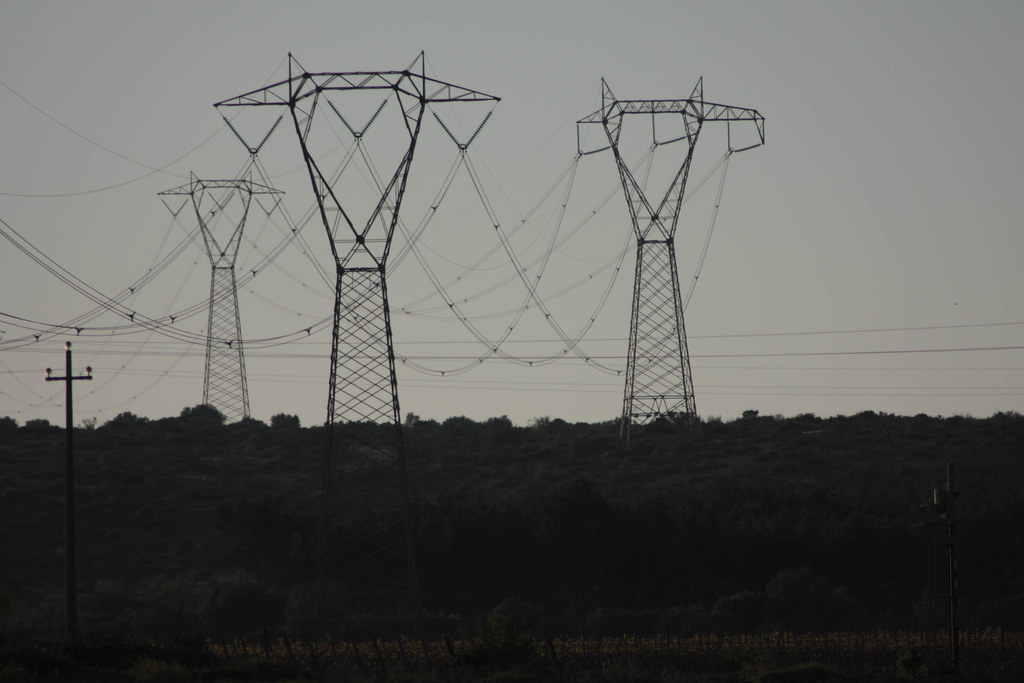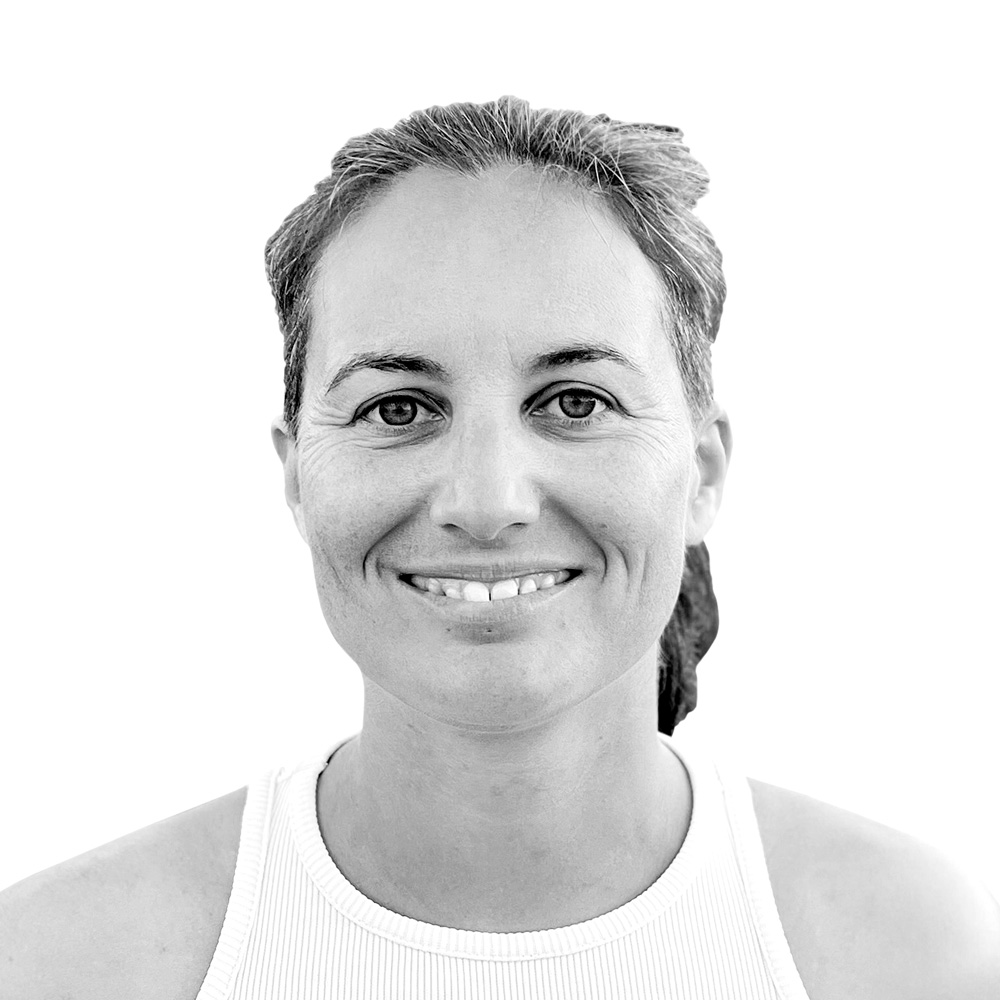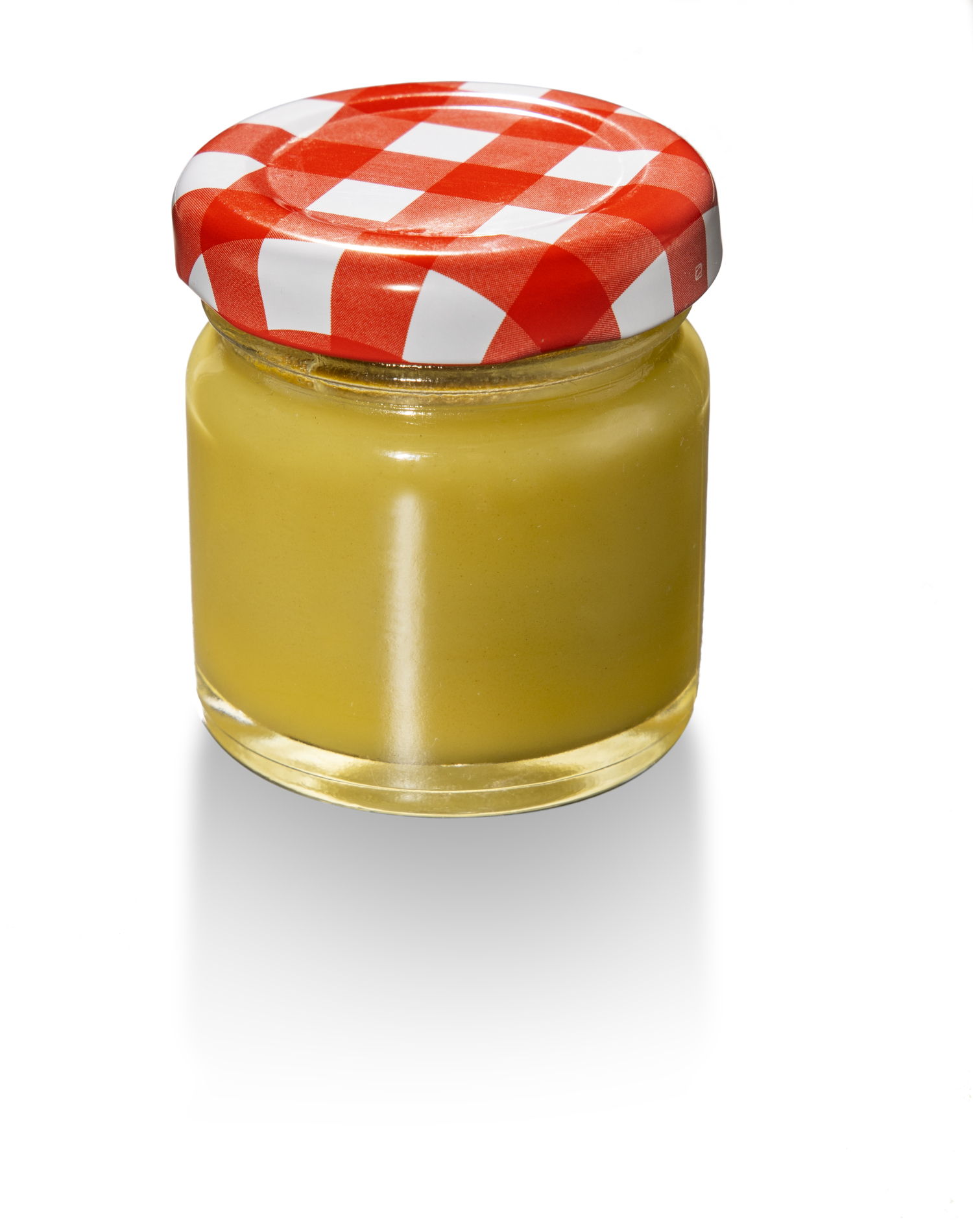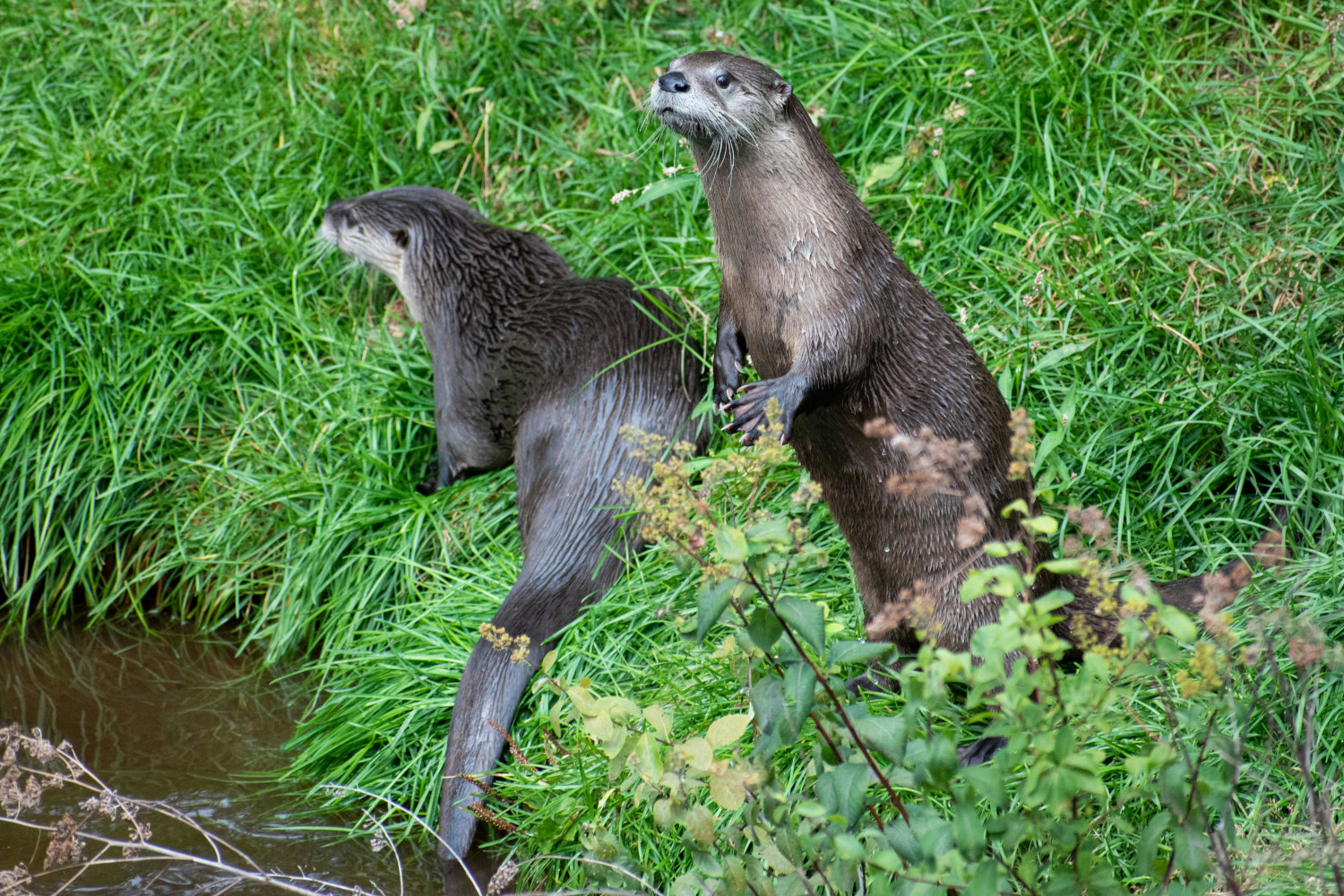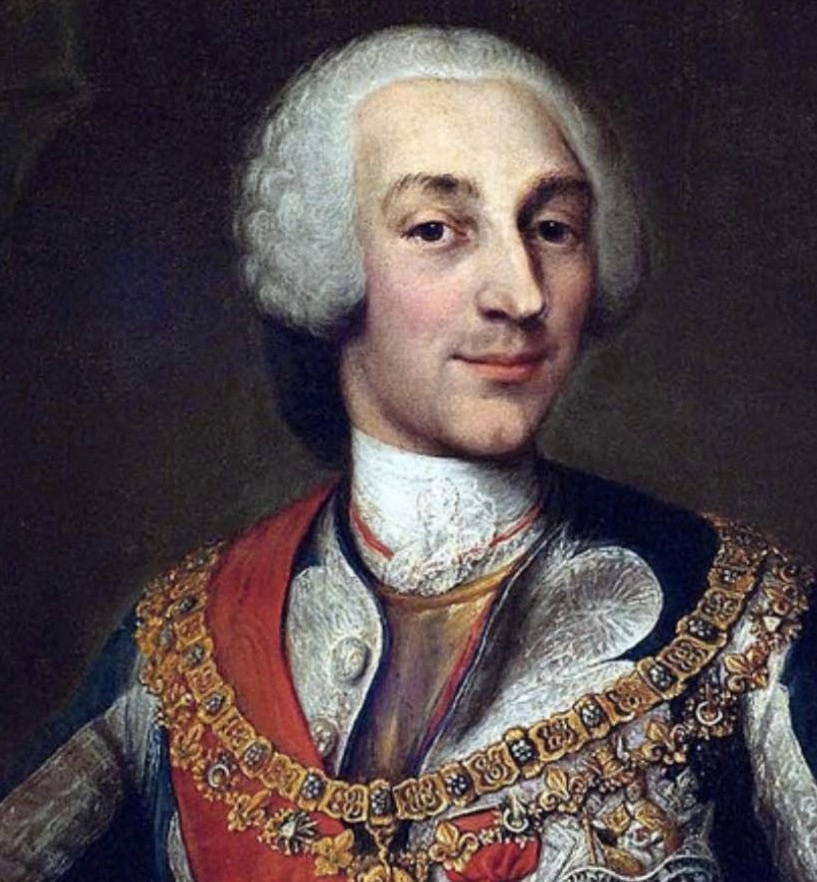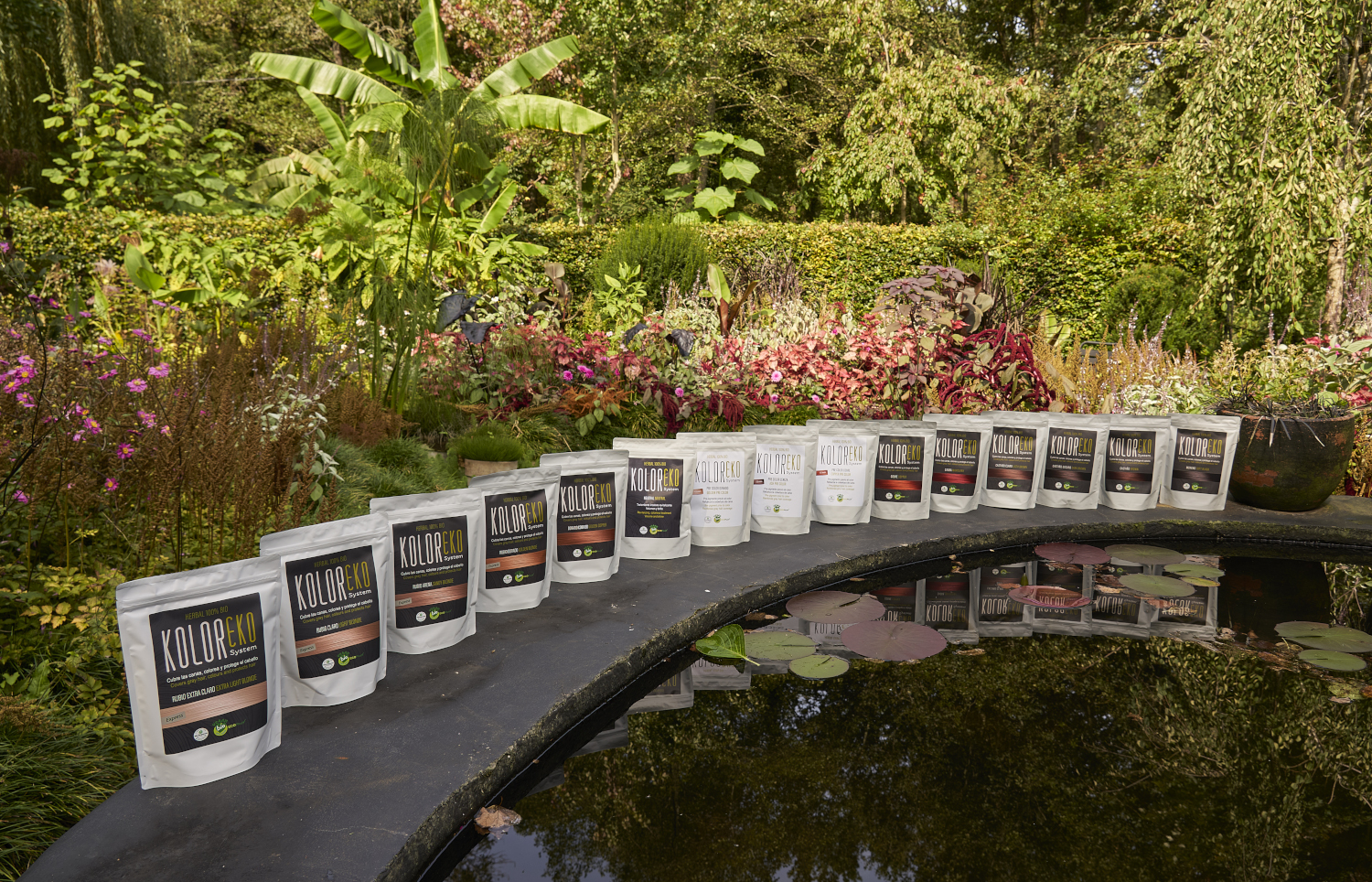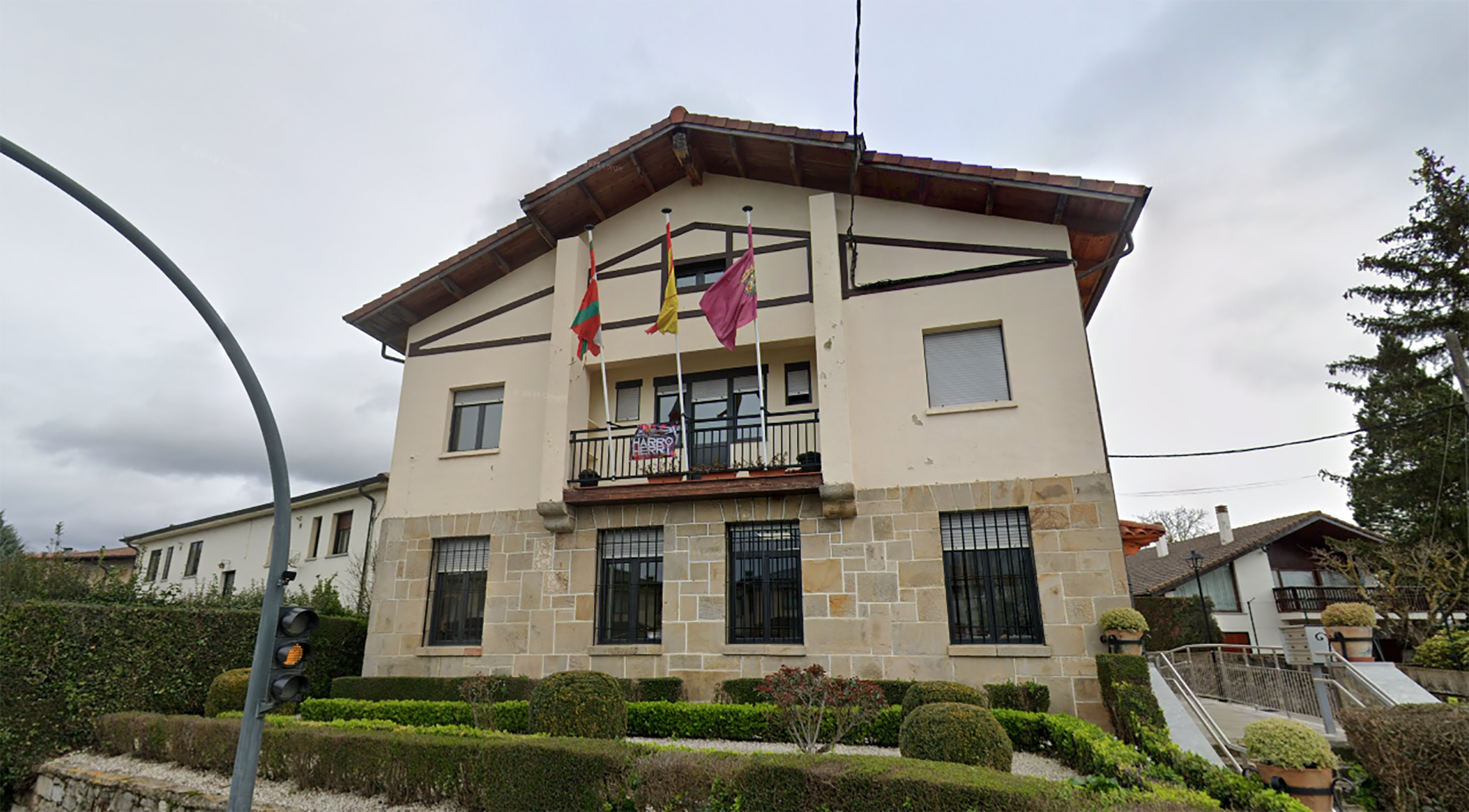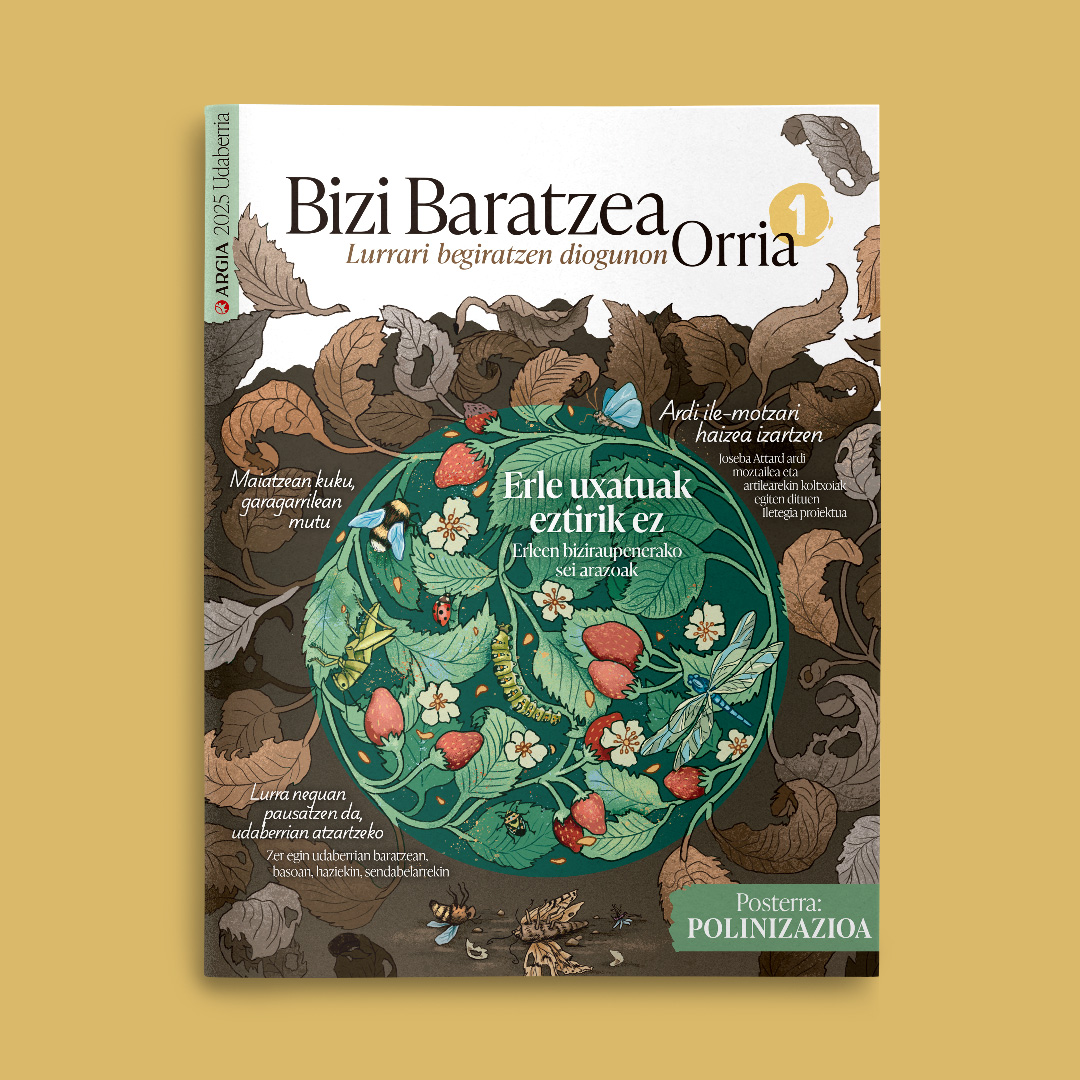The need to renaturalize cities in the face of heat
- Although most of Euskal Herria is located in a temperate zone, not only in the south of Álava and Navarra, but also throughout the territory, the strong streaks of summer heat. And apparently, with climate change, the situation is going to get worse, or are you already doing it? In cities, moreover, it is more difficult to find fresh areas to cope with these hot days. The doctoral thesis of the architect Iñigo Azkarate focuses precisely on this topic: to cope with thermal stress, he has analyzed the benefits that the trees bring in the cities, focusing especially on Bilbao.

Heat is ours too. Proof of this are the historic temperatures we have experienced on 11 August in the Basque Country: In Bizkaia, thermometers reached 44.2°C in Güeñes, in Álava they reached 42.8°C in Llodio, in Bilbao they exceeded 40°C and in Donostia-San Sebastián they reached 39°C. In Pamplona/Iruña, a little over 40.6°C was measured, matching the 2012 summer record. In Ipar Euskal Herria, for example, in Kanbo, it did 40.1ºC.
“From a climate point of view, our cities are not the most difficult, but here too there are large waves of heat, and in this sense, Bilbao is the largest urbanized surface, which increases the chances of generating an island effect of heat,” said Iñigo Azkarate. The targeted increase in temperature in urban and highly urbanized areas is called the heat island effect in contrast to the nearby rural environment. The architect has highlighted that, in fact, inland cities are more likely to cause heat waves, such as those in Pamplona and Vitoria-Gasteiz.
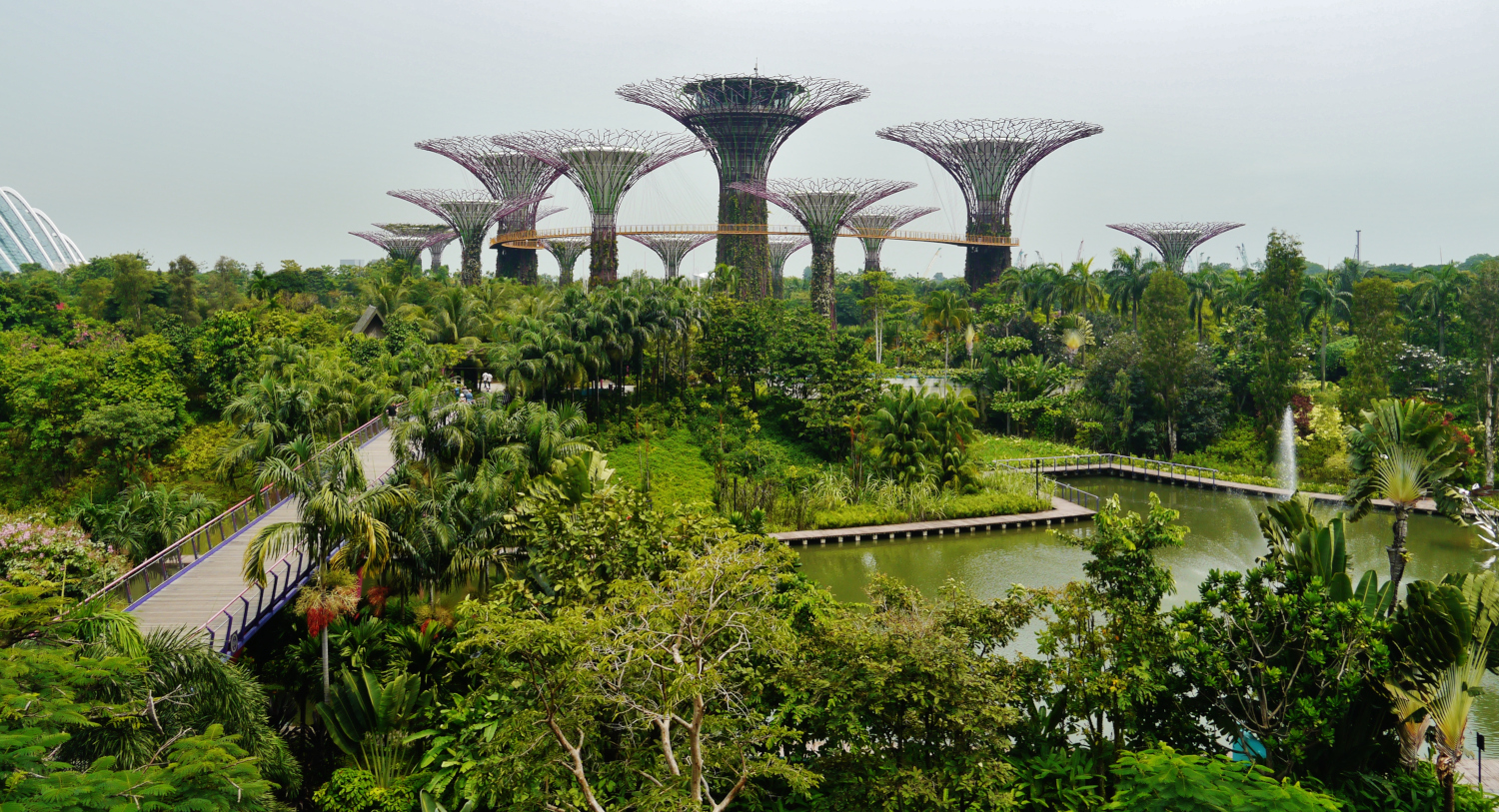
Thermal stress
"Thermal stress" refers to the thermal perception that moves away from a comfortable situation for people and, although it may also be related to the cold, in our study, in most cases it is related to heat. Azkarate explained that the Physiological Equivalent Temperature (PET) index is the one that most uses to measure thermal stress: “The average radiant temperature is the one that most influences this index, i.e. solar radiation, but also takes into account the air temperature, its moisture level and its speed.”
Radiation can be of two types: short wave, which comes directly from the sun or is reflected in different materials; and long wave, which materials do not bounce but absorb to later emit such energy progressively.
.jpg)
Shadow generation is the most effective way to deal with thermal stress, but you have to consider what and how shadow generates.
Shadow creation is the most effective way to cope with thermal stress, but we also have to consider what and how the shadow generates: “The main elements that overshadow cities and towns are buildings. In fact, this shadow can be good, but, at the same time, it can cause losses. Why? Depending on the materials used in the construction of these buildings, they can also accumulate heat during shading and then emit that cumulative heat.” The higher the building, the more shade it will give, but at the same time it will take longer to exhaust the accumulated heat. “Therefore, everything has its good and bad side, which must be taken into account,” the researcher added.
Difference of 25ºC
With actual weather factors, Azkarate and his team have made estimates and measurements to analyze the average radiant temperature. When this temperature is around 45-50ºC, it is considered a heat situation. In Bilbao, during the summer, temperatures above 60°C have been recorded in the central hours, and by measurement it has been shown that in the shadow of a tree there is 20ºC or 25ºC less. “It’s a terrible difference, falling from 60ºC to 35ºC in the shadows of a tree,” he says.
Trees, Shadow Stars
Several factors have been taken into account when analysing the benefits of tree shadows: “The shade of trees is always conditioned by its volume and foliage characteristics. The more frequent the puff pastry, the lower the transmissibility.” Besides cutting solar radiation, trees have other advantages, such as the ability to refresh the environment through steam perspiration. However, trees also have the other side of the coin, as if there are too many, they can be an obstacle to the exhaustion of heat that the streets and buildings have absorbed and accumulated. “That’s why it’s important to place trees strategically and planned,” said the architect.
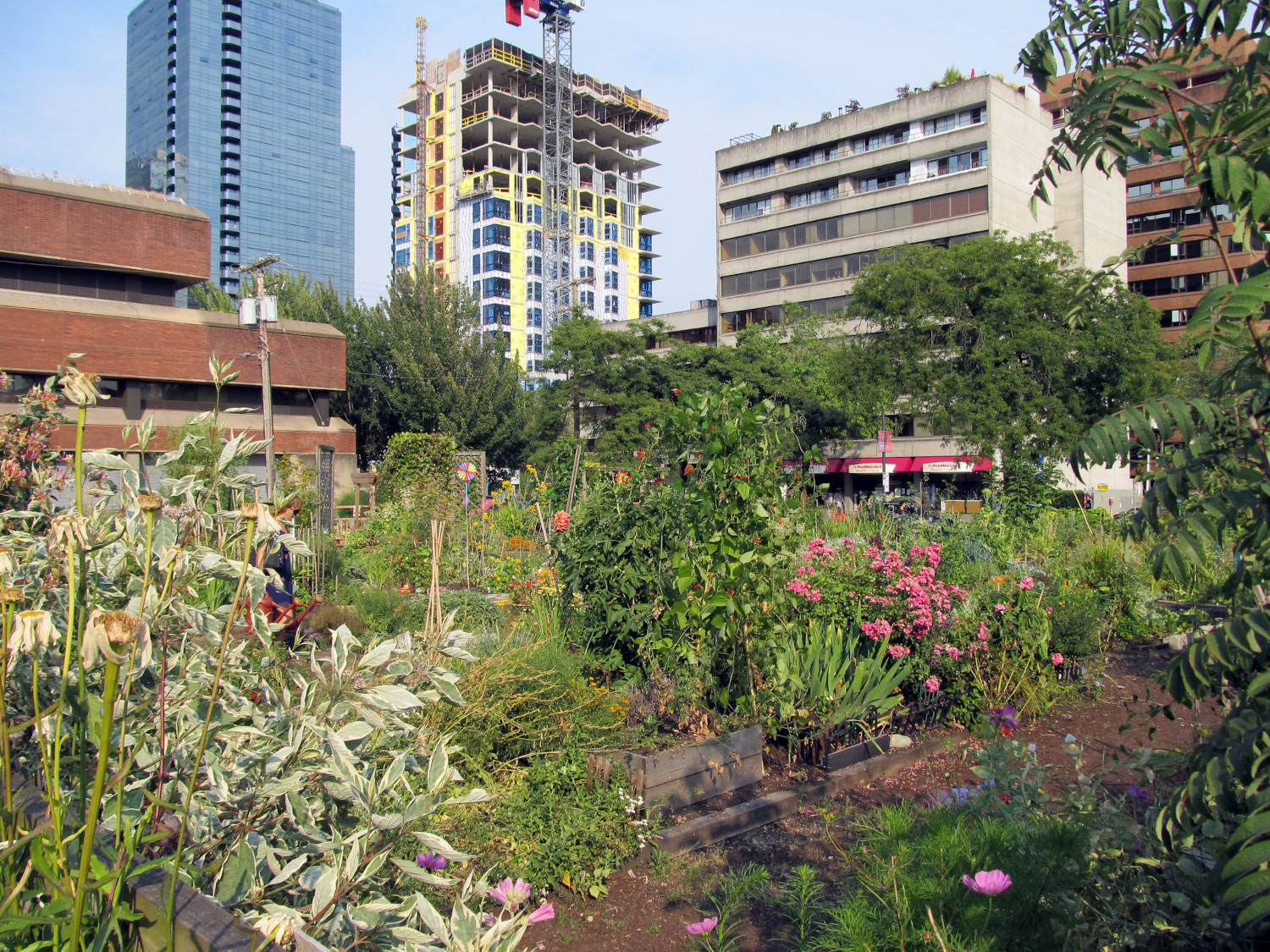
With native trees losing leaves in the streets, shade in summer and sunset in winter is guaranteed
The study analyzes the native tree species, adapted to our physical and climatic environment. “The first step has been to choose lush trees, within which leaves are lost in winter.” Why? For in the climate of the Cantabrian slope, as if for heat to break in summer, solar radiation in winter is also necessary to soften the cold. Among the autochthonous species that yield good results are different types of maple, lime and platanus, among others. “They are good species that can be put on the street, it is no coincidence that they are the ones that prevail in our cities.”
Azkarate has explained that it is more difficult to serve the narrowest streets because of the difficulties involved in introducing larger species. “But in green areas and larger spaces, oak, oak, strawberry… they also yield good results,” he added. They've started from autochthonous species, but if the climate changes and heats up, they don't rule out the possibility of bringing other non-native species, but with good behavior. “Care should be taken that these species do not have a negative impact on the environment, that they are not invasive, that they have the opportunity to live and reproduce here … we cannot get them to permanently become a species that must be brought from the outside”.
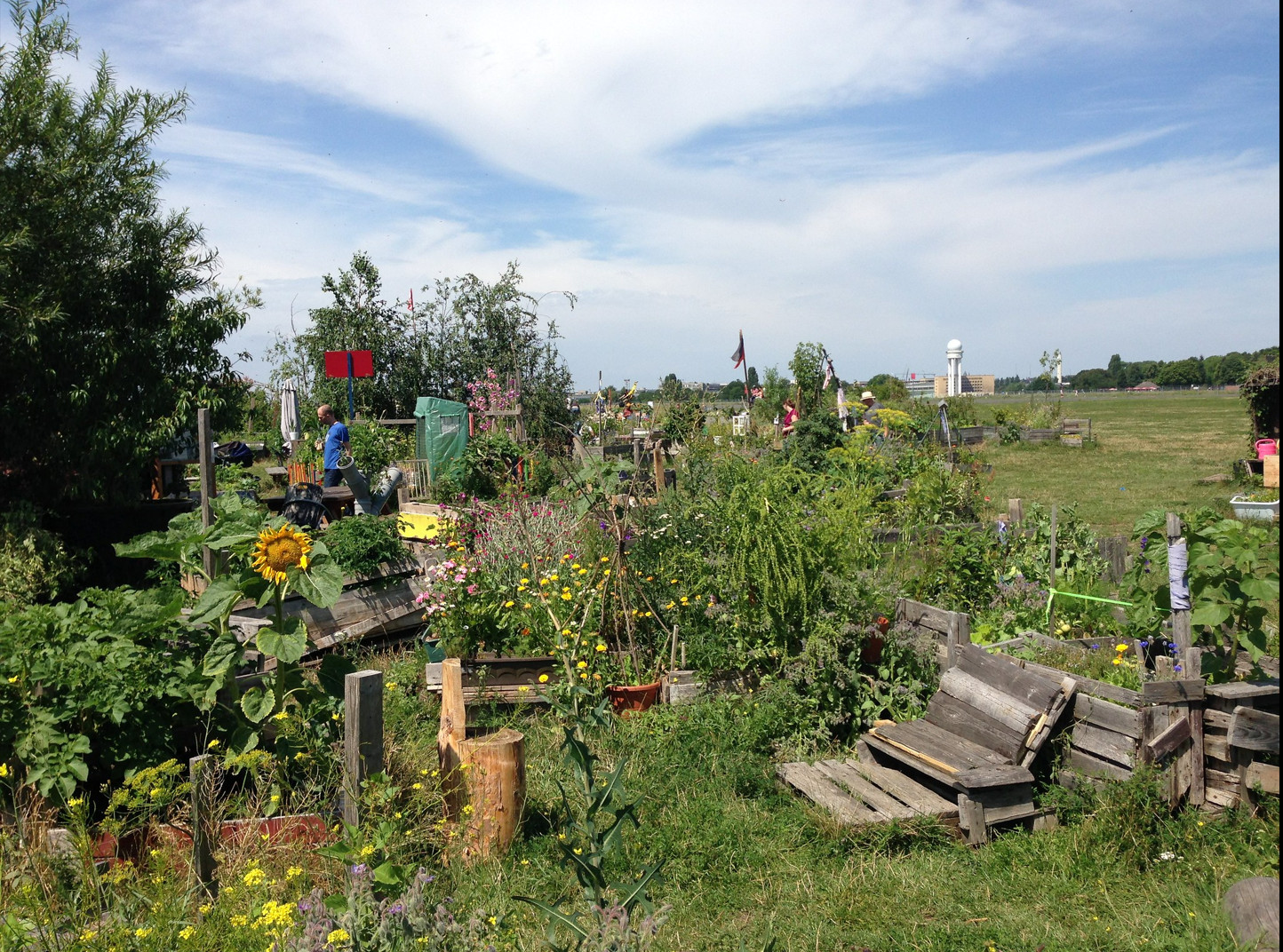
Avoid concrete and asphalt, better
Many cities have already begun to design and propose maps of climate hostels, also in Euskal Herria. Bilbao is an example. In the summer of 2022, the City presented 130 climate shelters and similar proposals have been made in many other cities and towns. These include indoor climate shelters – libraries, sports equipment, museums, transport stations… – and outdoor ones – green areas, shadow areas, spaces with water…. Despite the progress in climate shelter maps, Edu Zabala of the Forests Live platform has denounced this summer that many of the indoor climate hostels have remained closed during the hottest days of the summer and that its workers have not received any training on the subject. He pointed out that if the plans are not to remain paper, it is essential that all personal and economic means are put in place.
In addition to creating shadow with climate shelters and trees, another measure that cities can take in the short or medium term is the material of the streets and their furniture. “Albedo is the ability of a concrete material to isolate radiation. The lower the albedo, the warmer this material,” explains the architect. Besides albedo, the material's emissivity must also be taken into account, that is, the material's ability to emit the absorbed energy. “Avoiding small albedo materials and high emissivity, using colder materials.”
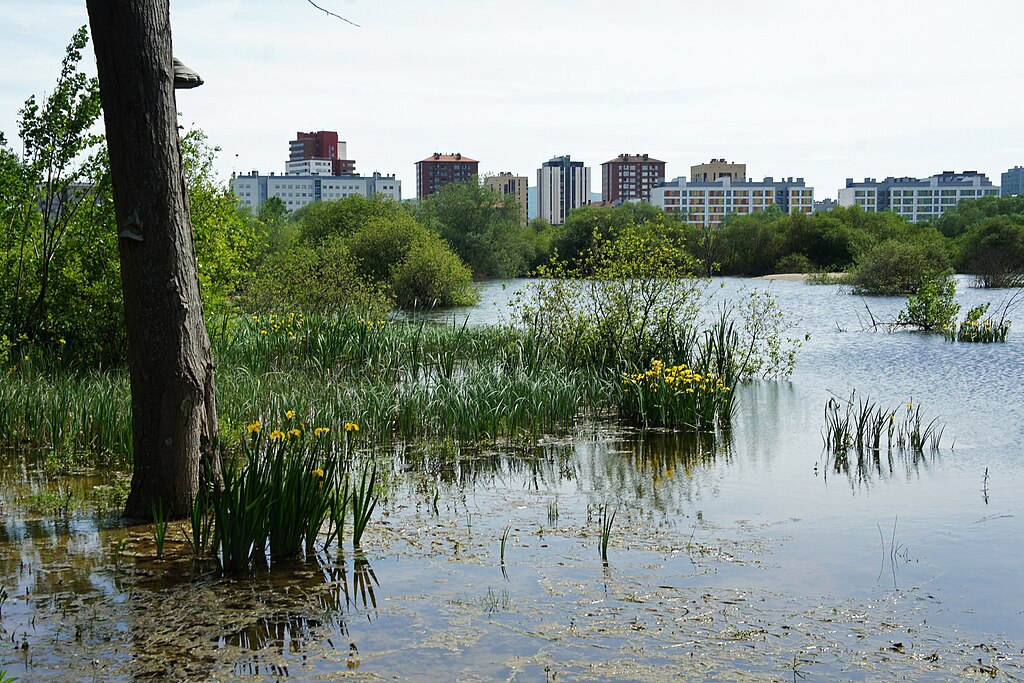
Coming to concrete examples, Azkarate mentioned two materials that look a lot in our cities and work very badly with heat: asphalt and concrete. “Other more ‘ceramic’ materials are much more appropriate, or materials that allow water to be filtered… there is also a path that has not yet been developed, but that allows things to be improved”. Stone, ceramics or wood are more suitable materials than asphalt and concrete, and its color also influences: the brighter its surface, the less heat it will absorb.
The renaturalization of cities, key to the future
Asked what would be the ideal city model to cope with thermal stress, Azkarate stressed that the balance between building, urbanization and natural spaces must be maintained: “Cities, streets and public spaces must be for people, it is essential to put their needs in the center. We've had too many surfaces focused on other elements, which work too badly in the face of heat stress." He has recalled the housing construction boom in which cities and towns "colonized" with urbanizations and cement to damage natural spaces.
Urbanism and architecture should go in the opposite direction, according to Azkarate, to ensure a better future: “We should go to the renaturalization of cities, because the benefits of trees are not just for heat stress. They also provide psychological, climatic and noise pollution benefits.” But he has also stressed that these advantages of creating green areas can clash with other criteria: “However, dense cities are more appropriate for the development of the public transport system.” The challenge will be to strike a balance between the different areas. “It is about creating green areas and, among them, enhancing thermally protected areas on people’s daily itineraries. Creation of climate protections, implementation of shadow plans…”, he pointed out, among other long-term measures.
In this way, it would be of great help, according to the architect, to establish regulations from Europe. “For the time being, criteria have only been established from the European Union, there is nothing regulated in relation to thermal stress. In the past there was nothing regulated related to noise, but now, in urban planning there is always acoustic analysis, we have become accustomed to it. Establishing new factors is possible and would be beneficial,” he claimed.
Energiaren Nazioarteko Agentziak (IEA) astelehenean argitaratutako txostenaren arabera, %2,2 igo da energia eskaria 2024an aurreko urtearekin alderatuta, besteak beste, egiturazko arrazoi hauengatik: beroari aurre egiteko argindar gehiago erabili beharra, industriaren kontsumoa... [+]
Zer esango zenioke Palestinako aktibista bati aurrez aurre izango bazenu? Ni mutu geratu nintzen Iman Hammouri nire herrian bertan aurkeztu zidatenean. Eskerrak andre nagusi bat gerturatu zitzaigula eta solaskide roletik itzultzailearenera pasa nintzela.
Palestinako Popular... [+]
Euskal Herri osoan zehar daude mehatxupean hamaika baso, zelai, mendi zein nekazal lur. Horien defentsan diharduten tokian tokiko plataforma asko bildu dira larunbatean Gasteizen, EH Bizirik-ek deituta, inguru naturalaren “suntsiketaren” eta makroproiektuen... [+]
Sare sozialen kontra hitz egitea ondo dago, beno, nire inguruan ondo ikusia bezala dago sare sozialek dakartzaten kalteez eta txarkeriez aritzea; progre gelditzen da bat horrela jardunda, baina gaur alde hitz egin nahi dut. Ez ni optimista digitala nauzuelako, baizik eta sare... [+]
Ugaztunei eskainitako azken artikuluaren amaierako hitzak hurrengo animalia aurkezteko aitzakia paregabea dira. Bertan esaten genuen muturluzeak erreka “garbi eta txukunak” behar dituela, kutsadurarik gabeak baina elementu natural anitzekin. Animalia txiki horren... [+]
Bada Borda bat ilargian. Bai, bai, Borda izeneko krater bat badu ilargiak; talka krater edo astroblema bat da, ilargiaren ageriko aldean dago eta bere koordenadak 25º12’S 46º31’E dira; inguruan 11 krater satelite ditu. Akizen jaiotako Jean Charles Borda de... [+]
Donostiako Amara auzoko Izko ileapaindegi ekologikoak 40 urte bete berri ditu. Familia-enpresa txikia da, eta hasieratik izan zuten sortzaileek ile-apainketan erabiltzen ziren produktuekiko kezka. “Erabiltzaileen azalarentzat oso bortzitzak dira produktu gehienak, baina... [+]
PP, Vox, Junts eta EAJren botoekin Espainiako Kongresuak onartu du otsoa espezie babestuen zerrendatik ateratzea eta, horren ondorioz, berriz ehizatu ahal izango dute Duero ibaitik iparrera.
Dakota Access oliobidearen kontrako protestengatik zigortu du Ipar Dakotako epaimahai batek erakunde ekologista, Energy Transfer Partners enpresak salaketa jarri ostean. Standing Rockeko sioux tribuak protesten erantzukizuna bere gain hartu du.
Sareak nabarmendu du Euskal Herri osoko eragileak daudela bertan eta deialdiak 140tik gora atxikimendu jaso dituela: "Horrek islatzen du zein den gaur egungo errealitatearen urgentzia, lurraren defentsaren beharra eta auziarekiko dagoen konpromezua".
Koalizio abertzaleko hiru ordezkariek ohar baten bidez euren "frustrazioa" adierazi dute proiektu fotovoltaikoa ezin gelditzeagatik: "Egoera horren aurrean, ez gara legegintzaldia amaitzeko indarrez sentitzen". Proiektu honi ez! plataformak salatu du EH Bilduren... [+]
Arratzua-Ubarrundiako "Proiektu honi ez!" plataformak adierazpen hau kaleratu du, udalerri horretako EH Bilduko hiru zinegotziek dimisioa aurkeztu berritan. Izenburu hau darama testuak: "EH Bilduren moketako politika edo Iparra nola galdu".
Arratzua-Ubarrundia (Araba) herriko EH Bilduko hiru zinegotziek dimisioa eman dute Solariaren zentral fotovoltaikoagatik. Hau da hiru zinegotziek, Txetxu Zengotitabengoak, Laura Sanchok eta Javier Ruiz de Arkautek, herritarrei zuzendu dieten agur mezua.
Urtaro bakoitzean kaleratuko den aldizkari honek Lurrari buruzko jakintza praktikoa eta gaurkotasuneko gaiak jorratuko ditu. Formato oso berezia du: plegatutako orri handi bat da eta zabaldu ahala poster handi bat agertuko zaigu barnean. ARGIAk sostengatzen du Bizi Baratzea... [+]








